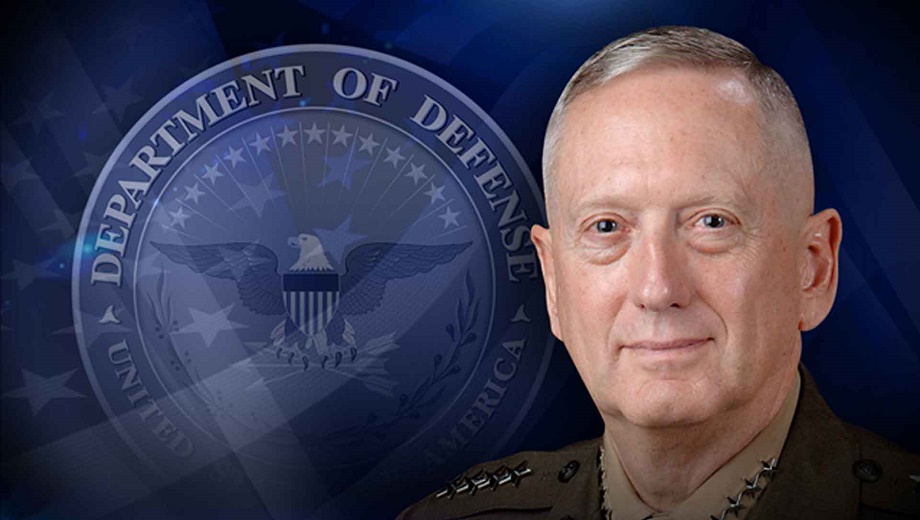Adm. Rogers Discusses Future of U.S. Cyber Command by Cheryl Pellerin
AFCEA is the international information technology, communications and electronics association for professionals in government, industry and academia.
Rogers, also director of the National Security Agency, fielded questions from moderator retired Navy Adm. James G. Stavridis, who’s now dean of the Fletcher School of Law and Diplomacy at Tufts University. He’s also chairman of the board of the U.S. Naval Institute and a senior fellow at the Johns Hopkins University Applied Physics Laboratory.
Topics included integrating cyber at the tactical level of warfare, modeling Cybercom after the structure used by the Special Operations Command, the Cybercom workforce, and the relationship between Cybercom and the private sector, all in the five-to 10-year horizon.
“Here’s what we need to build toward — in the immediate near term, elevating Cyber Command to a combatant command,” Rogers said, adding, “I think the potential for that happening in the near term is high.”
Cybercom today is a component of U.S. Strategic Command.
Tactical Cyber

Over the next five to 10 years the admiral said he would like to see cyber integrated offensively and defensively “down to the operational tactical level.”
Offensive cyber in some ways is treated like nuclear weapons, he added, “in the sense that their application outside a defined area of hostilities is controlled at the chief-executive level and is not delegated down.”
Rogers said he hopes that over the next five to 10 years Cybercom can engender enough confidence in decision makers and policymakers that they feel comfortable pushing offensive cyber activities to the tactical level.
“We should be integrating [cyber] into the strike group and on the amphibious expeditionary side. We should view this as another toolkit that’s available … as a commander is coming up with a broad schema of maneuver to achieve a desired outcome or end state. That’s what I hope,” the admiral said.
Special Operations Model
Rogers and Stavridis likened the journey of cyber to that of special forces, whose members in earlier times were called in only for special occasions and their use was highly controlled. Today, they said, combatant commanders have component commands from each service and from special operations.
“I would create Cyber Command much in the image of [U.S. Special Operations Command],” Rogers said. “Give it that broad set of responsibilities where it not only is taking forces fielded by the services and employing them; it’s articulating the requirement and the vision and you’re giving it the resources to create the capacity and then employ it.”
SOF also provides a theater special operations commander across all nine combatant commands, said Rogers, adding, — that’s “a model I think we should drive to.”
Fighting for Talent
The cyber force, based on Cybercom billet structure, is about 80 percent military, 20 percent civilian, Rogers said. On the NSA side, he added, it’s 60 percent civilian, 40 percent military. Recruiting and retention, he said, is “a little bit harder on the civilian side.”
On the military side, the Cybercom leadership is finding that what motivates a young man or woman to be a Marine Corps rifleman, to work the flightline in the Air Force or to be a deck seaman in the Navy also motivates cyber warriors.
They want to be part of something bigger than themselves, they like the ethos and culture of the military, he said.
“That’s a real selling point for us right now,” the admiral said. “The self-image of this workforce is that they are the digital warriors of the 21st century. The way they look at themselves — we’re in the future, we’re the cutting edge, we’re doing something new, we’re blazing a path.”
As a leader, Rogers said, “you cannot underestimate the value of that.”
Rogers says he reminds recruits that as cyber warriors they’ll be able to do things in uniform, within the defense and Law of Armed Conflict application, that they can’t do anywhere else, and they’ll gain responsibility as they show proficiency in the job.
“Everybody responds well to that,” he said. “Retention is good right now.”
(Follow Cheryl Pellerin on Twitter: @PellerinDoDNews)


